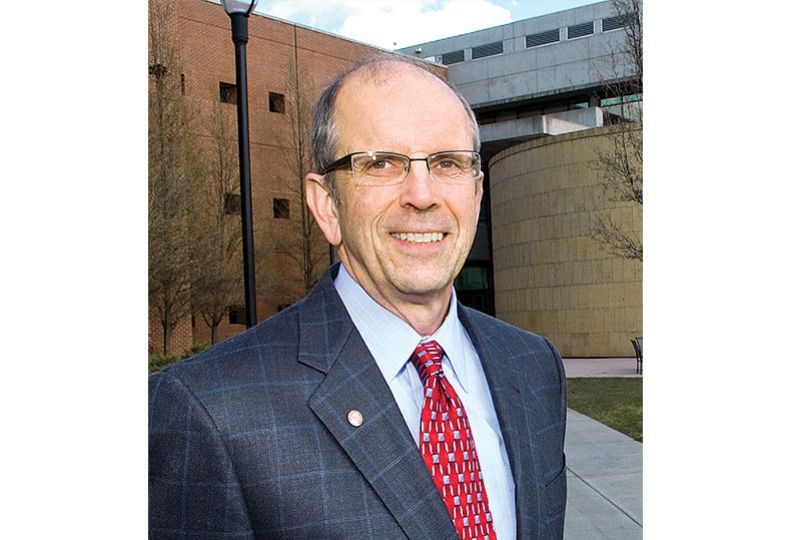
Current labor market carries echoes of distant past
Economy is experiencing 'Expo déjà vu' as 50th anniversary approaches

The coming year marks the 50th anniversary of Expo ’74 in the Lilac City. By one key economic measure, our economy is already experiencing Expo déjà vu.
For those readers old enough to remember, Spokane enjoyed an economic boom for much of the 1970s. Per capita personal income, an apex measure of economic progress, was nearly equal to the U.S. by the end of decade. Sadly, these years have never been seen again.
We don’t have access to unemployment rates of that era but they likely reflected the good times tracked by personal income, since wages constitute the largest source of personal income. It would be hard to imagine robust income growth without a strong labor market.
As we then start the 50th anniversary celebrations of the seminal event in the city’s history, the local labor market finds itself approaching conditions from a few decades ago. As of October, the average unemployment rate in Spokane County for 2023 was 4.1%. With two months left till the end of the year, it is likely that the final annual average will fall in the same range. If so, this will represent the year with the lowest unemployment rate on record since 1990 and likely since the mid-1970s.
Several forces stand behind this result. The first is demographics: Boomers are aging out of the workforce while their replacement generations are not as large. More specifically, the share of “prime working age” residents in the county, 15 to 64 years old in the population, peaked at 68% in 2010 and has been in decline since. At the moment, the group likely makes up 64% of the population.
A related but still separate factor is the slide in the labor force participation rate. Generally, the rate is a ratio of the people working or looking for work, divided by an overall population number. For Institute work on the local economy, the denominator we use is the total population ages 16 and older. (At the local level, we don’t know the ages of people in the workforce.)
This ratio stood at 66% at the turn of the century. As of last year, it had slid to 59%. It is on track to sink further yet to 55% to 57% by the end of the decade. For sure, aging boomers significantly influence this. But other factors are involved, such as a high share of our population living with disabilities, a low share of immigrants in the county, and the apparent choice of boomers to retire instead of working, even part-time.
Compounding the narrowing labor supply pipeline has been a robust local demand for goods and services. Taxable retail sales in the county jumped an unprecedented $2.3 billion in 2021 and another $800 million in 2022. These are the largest year-over-year gains in Spokane’s history. Results for this year will be much more subdued, as gains in taxable retail sales registered 3.8% and 2.6% for the first two quarters, respectively. Nonetheless, they represent gains.
Furthermore, if Spokane consumers are anything like their U.S. counterparts, local spending on services has been on a tear. Outside of eating and drinking establishments, services are not subject to the Washington retail sales tax and consequently their sales don’t show up in official state data. Think in particular of travel and entertainment.
With these forces in place, it is likely that 2024 will continue to bring glad tidings to the Spokane economy, at least from the perspective of workers. That is, assuming the Federal Reserve manages a soft landing, or a return to its desired inflation rate without triggering a recession. Soft landings have historically been rare, but recent evidence points to a strong possibility of the Fed succeeding.
This outlook enjoys the company of the Washington State Economic & Forecast Council’s latest projections. For the state, the council forecasts an unemployment rate of 4.5% for all of 2024. While this will be higher than 4.2% for 2022, and the likely 2023 average, it will be far lower than the state average of 6.2% since the start of the century. Since unemployment rates in Spokane County and Washington have moved nearly perfectly together over the same time period—the correlation is 0.98—we should expect a similar pattern here. A slight bump up is likely but at a rate that is still far lower than the county’s average rate of 6.7% since the turn of the century.
All told, next year should be a good time to be a job holder or seeker. But employers should expect to continue to struggle to find workers. And unless the supply of housing enjoys a surge, expect prices for single-family homes or rentals to remain elevated. After all, impacts of economic events do not stop at the first ripple.
Patrick Jones is the executive director of the Institute for Public Policy and Economic Analysis, at Eastern Washington University.




